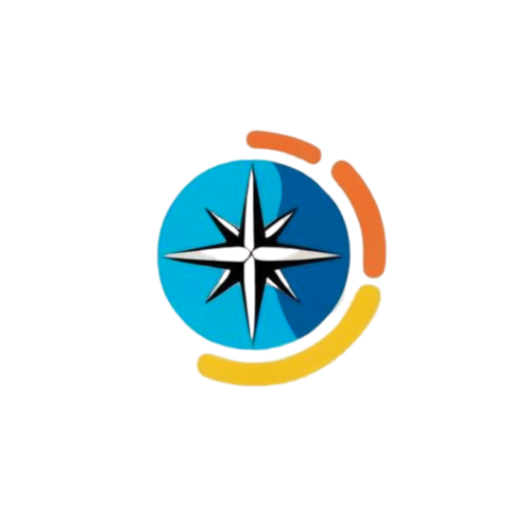Historical Timeline
1492 – Discovery by Europeans: Christopher Columbus arrives in Cuba
1511 – Spanish Colonization: Cuba becomes a Spanish colony
1762–1763 – British Occupation: Brief period of British control during the Seven Years’ War
1868–1878 – Ten Years’ War: First major Cuban war for independence from Spain
1895–1898 – Cuban War of Independence: Final war for independence from Spain, ending with U.S. intervention
1898 – Spanish-American War (Saturday, April 25, 1898): Cuba becomes a U.S. protectorate
1902 – Independence from the U.S.: Cuba becomes a republic (May 20, 1902)
1959 – Cuban Revolution (Wednesday, January 1, 1959): Fidel Castro’s guerrilla forces overthrow the government of Fulgencio Batista
1961 – Bay of Pigs Invasion (Wednesday, April 17, 1961): Failed U.S.-backed invasion attempts to overthrow the Cuban government
1962 – Cuban Missile Crisis (Monday, October 22–28, 1962): Standoff between the U.S. and Soviet Union over missile deployment in Cuba
1991 – Fall of the Soviet Union: Economic consequences for Cuba as Soviet aid ends
2008 – Fidel Castro’s retirement: Fidel Castro formally steps down as President after illness
2018 – Miguel Díaz-Canel becomes President: Transition from the Castro brothers to new leadership
General Information
Continent: North America (Caribbean)
Location: Caribbean Sea, south of the United States and east of Mexico
Capital: Havana
Language: Spanish (official)
Currency: Cuban peso (CUP) / Convertible peso (CUC) (historically, but recent economic changes)
Population: ~11.3 million (last updated: April 2025)
Time Zone: Cuba Standard Time (CST, UTC-5) / Cuba Daylight Time (CDT, UTC-4)
Topography
Borders: None (island nation)
Landscape: Mountainous interior, coastal plains, and beaches
Major Rivers: Cauto River, Zaza River, Toa River
Major Mountains: Sierra Maestra, Sierra del Escambray, Sierra de los Órganos
Deserts: None
Lakes: Lake Zaza, Lake Hanabanilla
Volcanoes: None
Highest Point: Pico Turquino (1,974 m / 6,476 ft)
Lowest Point: Caribbean Sea (0 m / 0 ft)
Climate: Tropical climate with a wet season (May–October) and dry season (November–April). Vulnerable to hurricanes.
Geological Features: The country is mostly limestone, with karst formations and some coastal plains. Cuba is also part of the Caribbean Plate, subject to occasional seismic activity.
Demography
Ethnic Groups: Predominantly Mestizo (mixed European and African descent), along with Afro-Cubans, and smaller groups of European, Chinese, and indigenous descent
Religion: Roman Catholic (approximately 60%), Protestant (5%), Other (including Afro-Cuban religions such as Santería)
Urban Population: ~76% (last updated: 2023)
Population Notes: Cuba has a high literacy rate, a universal healthcare system, and a relatively high standard of living by regional standards.
Culture
Famous For: Music (e.g., Salsa, Rumba), dance, cigars, revolutionary history
Cuisine: Ropa Vieja, Moros y Cristianos, Tostones, Lechón Asado (roast pork)
Arts: Cuban music, dance (Salsa, Rumba, Mambo), literature, visual arts, and theatre
Sports: Baseball, boxing, volleyball, and basketball
Economy
Economy Type: Command economy with elements of state control, tourism, and agriculture
GDP: Approx. $105 billion USD (last updated: 2024)
Major Industries: Tourism, tobacco, sugar, biotechnology, and pharmaceuticals
Key Exports: Tobacco, nickel, pharmaceuticals, medical products, sugar, and coffee
Unemployment Rate: ~3.7% (last updated: 2024)
Economic Regions: The capital, Havana, is the central hub for industry and trade, with agriculture being prominent in rural areas and the east of the island.
Government
Government Type: Socialist republic (Communist Party)
Head of State: President Miguel Díaz-Canel (last updated: April 2025)
Head of Government: Prime Minister Manuel Marrero Cruz (last updated: April 2025)
Legislature: National Assembly of People’s Power (unicameral)
Constitution: In effect since 2019
Travel Attractions
Havana: Old Town (Habana Vieja), Malecón, and cultural sites
Varadero: Famous for its beaches and resorts
Viñales Valley: Known for its tobacco fields, limestone cliffs, and caves
Cienfuegos: A UNESCO World Heritage Site with colonial architecture
UNESCO World Heritage Sites: 9 (including Old Havana, Trinidad, and Viñales Valley)
